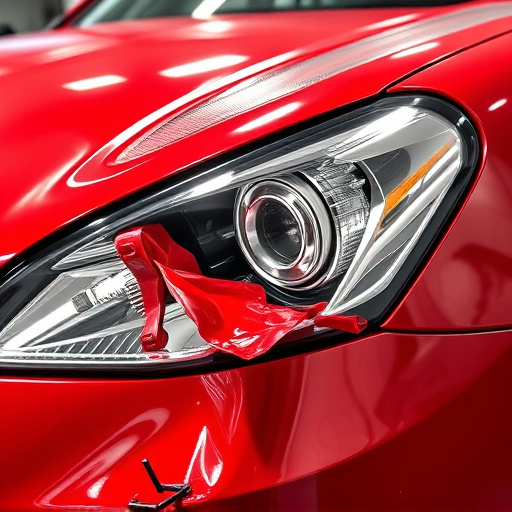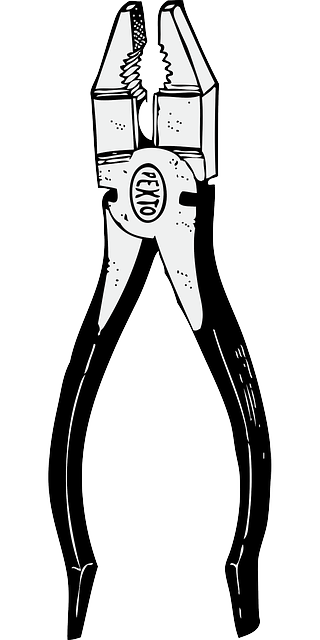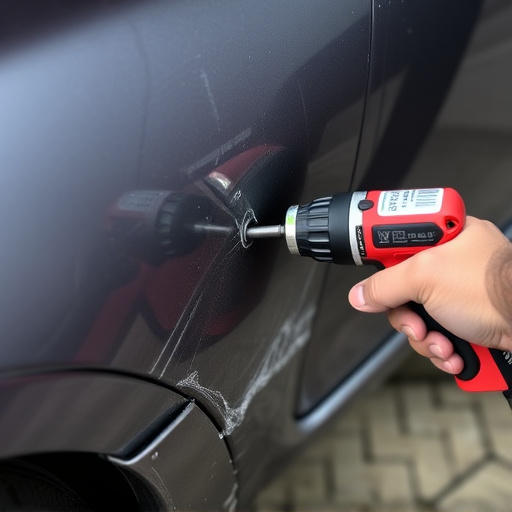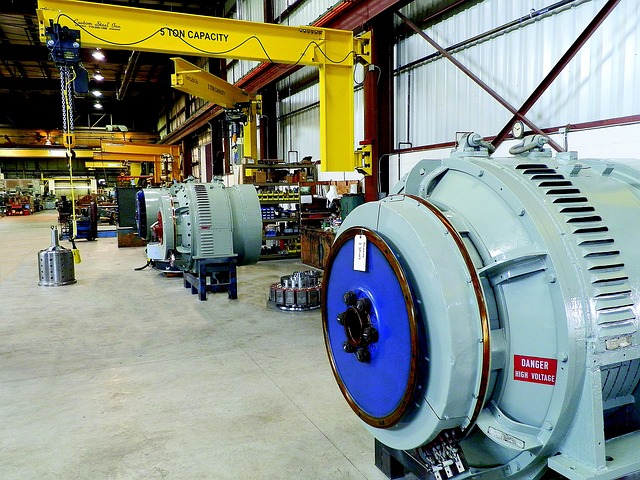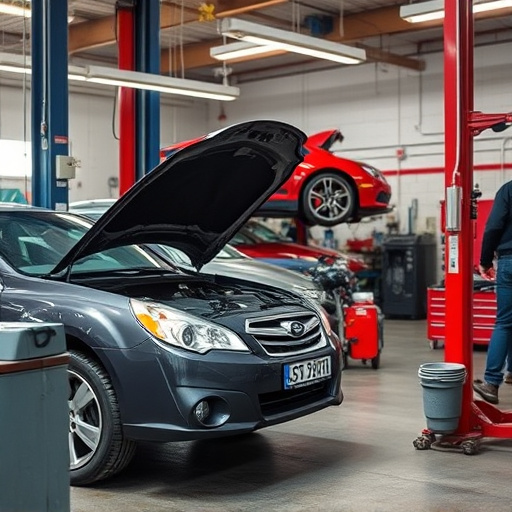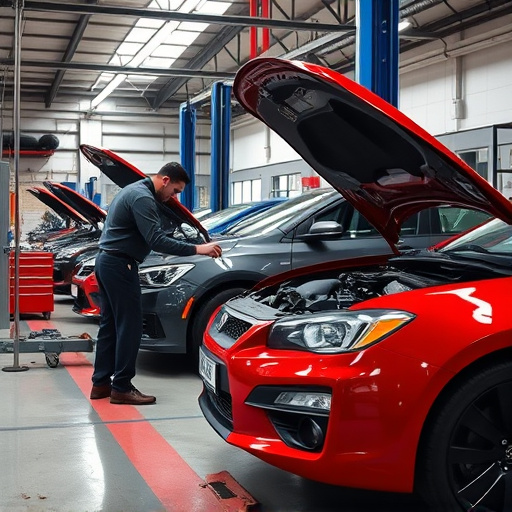Complex airbag system repairs demand specialized knowledge and advanced diagnostics after severe collisions or unusual deployments. These cases involve intricate mechanisms like sensors, inflators, and fabric compartments, requiring meticulous examination for damage, dysfunction, or contamination. Reputable shops employ trained technicians following stringent quality control, environmental standards, and proper hazardous material disposal. Expert paint repair ensures both aesthetic restoration and safe airbag system operation. Identifying complex cases early allows skilled technicians to use advanced tools and collaborate with industry experts, ensuring top-notch repairs and customer satisfaction in these unique challenges.
In today’s automotive landscape, managing complex airbag system repair cases is paramount for ensuring safety and vehicle reliability. This article delves into the intricate world of these repairs, offering a strategic roadmap for workshops. We define complex cases, highlighting challenges like multiple airbag deployments or component obsolescence. Key strategies include structured diagnostic procedures, specialized training, and advanced tools to streamline repairs. Additionally, we emphasize post-repair verification through thorough testing and detailed documentation for quality assurance.
- Understanding Complex Airbag System Repair Cases
- – Defining complex cases
- – Common challenges faced during repair
Understanding Complex Airbag System Repair Cases
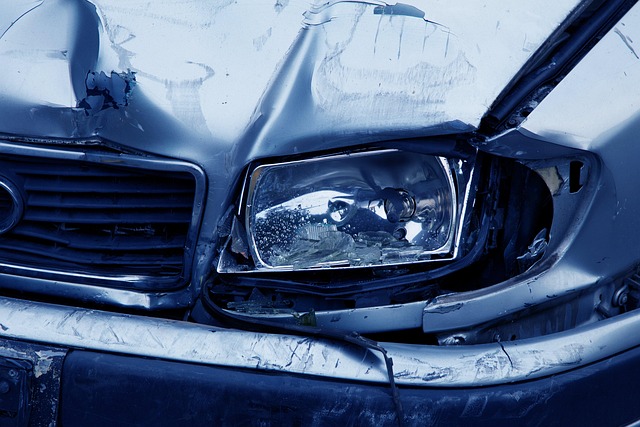
Complex airbag system repair cases demand a deep understanding of both automotive engineering and safety protocols. These incidents often arise from severe collisions or accidents, where airbags deploy in unusual circumstances or fail to function properly. Such repairs require specialized knowledge due to intricate mechanisms involving sensors, inflators, and fabric compartments. Every component must be meticulously examined for damage, dysfunction, or contamination, as even a minor issue can compromise the system’s effectiveness during future deployments.
While frame straightening is crucial in ensuring structural integrity, airbag repair goes beyond that. It involves meticulous attention to detail when handling delicate parts like inflators and sensors. Reputable vehicle repair services specializing in such cases employ trained technicians who follow stringent quality control measures. This includes proper disposal of hazardous materials, adherence to environmental standards, and accurate calibration of systems to guarantee safe and reliable operation once the repairs are completed, alongside expert vehicle paint repair for aesthetic restoration.
– Defining complex cases
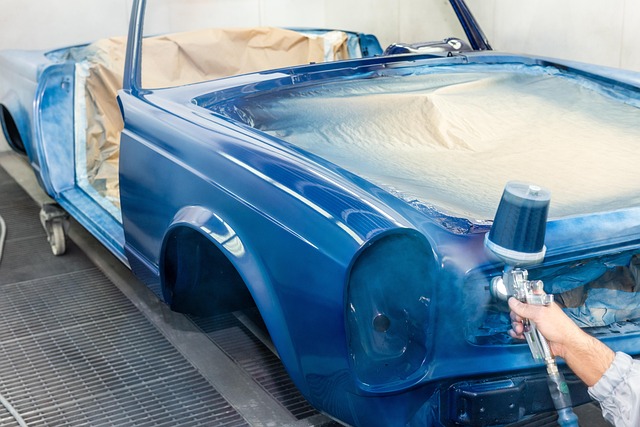
Identifying complex cases within airbag system repairs is a critical step for any auto collision center or car body shop. These scenarios often involve advanced diagnostics, intricate disassembly, and specialized knowledge to ensure safe and effective restoration. Complex cases can arise from various factors, such as severe auto collisions that trigger multiple airbags simultaneously, leading to extensive damage and unique challenges.
In a collision repair shop, understanding the intricacies of modern airbag systems is essential. These sophisticated mechanisms require meticulous attention during the repair process, as even minor errors could compromise safety standards. By recognizing complex cases early on, skilled technicians can allocate adequate resources, employ advanced tools, and collaborate with industry experts to deliver top-notch airbag system repairs, ensuring customer satisfaction and vehicle safety.
– Common challenges faced during repair
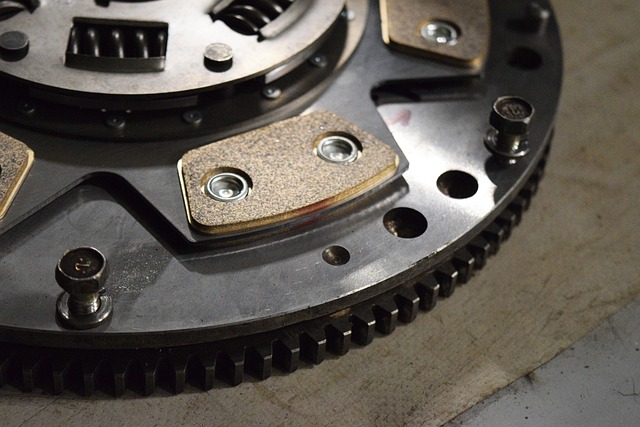
Airbag system repair cases often present unique challenges due to their complexity and critical nature. One of the primary difficulties lies in diagnosing the issue accurately, as airbag deployment mechanisms involve intricate electronic and mechanical components. Even minor disruptions or contaminants can trigger false alarms or prevent proper inflation, making the root cause hard to pinpoint.
Additionally, these repairs demand a high level of precision and specialized skills. Technicians must navigate tight spaces within vehicles, especially during vehicle collision repair, to access and replace damaged airbags and related sensors without compromising other safety systems. Moreover, keeping up with evolving technologies and maintaining accurate diagnostics in a fast-changing automotive industry is an ongoing challenge for repair shops providing automotive repair services, particularly when it comes to tire services, as airbag integration with tires has become increasingly sophisticated.
Managing complex airbag system repair cases requires a strategic approach. By understanding the unique definitions and challenges within these cases, professionals can efficiently navigate intricate repairs. Through meticulous diagnosis, access to specialized parts, and adherence to safety standards, workshops can ensure accurate and timely solutions for customers, maintaining high-quality service in the face of these complex situations.
